The practice of uncovering patterns and links in massive volumes of data is known as data mining. It can be done by various best data mining software. It’s the best way to look at data that uses machine learning and artificial intelligence to find important information.
This allows businesses to learn more about their customers’ needs, raise revenue, cut costs, and improve customer relationships, among other things. Data mining may be done with a variety of tools.
The following is a selected list of the best data mining software, along with popular features and links to the most recent downloads. This group of data mining software to compare includes both free and paid options.
We’ve compiled a list of the best 10 data mining software – both open-source and software as a service (SaaS) solutions – so you can start learning more about your consumers and improve your overall business performance.
What is Data Mining Software and how does it work?
Data mining is a technique for analyzing large amounts of data. It uncovers underlying patterns and linkages that other methods of analysis can overlook. It uses artificial intelligence (AI) and machine learning to find out what clients want, find ways to make more money, and be more effective at interacting with people.
Data visualization and business intelligence strategies are frequently required when using data mining technologies. Data mining software is more powerful than ever before. It can do text mining, but it can also execute far more advanced information-finding techniques. Data mining can now use a lot of processing power and memory to do its work faster and more accurately.
10 Best Data Mining Software
1. Zoho Analytics
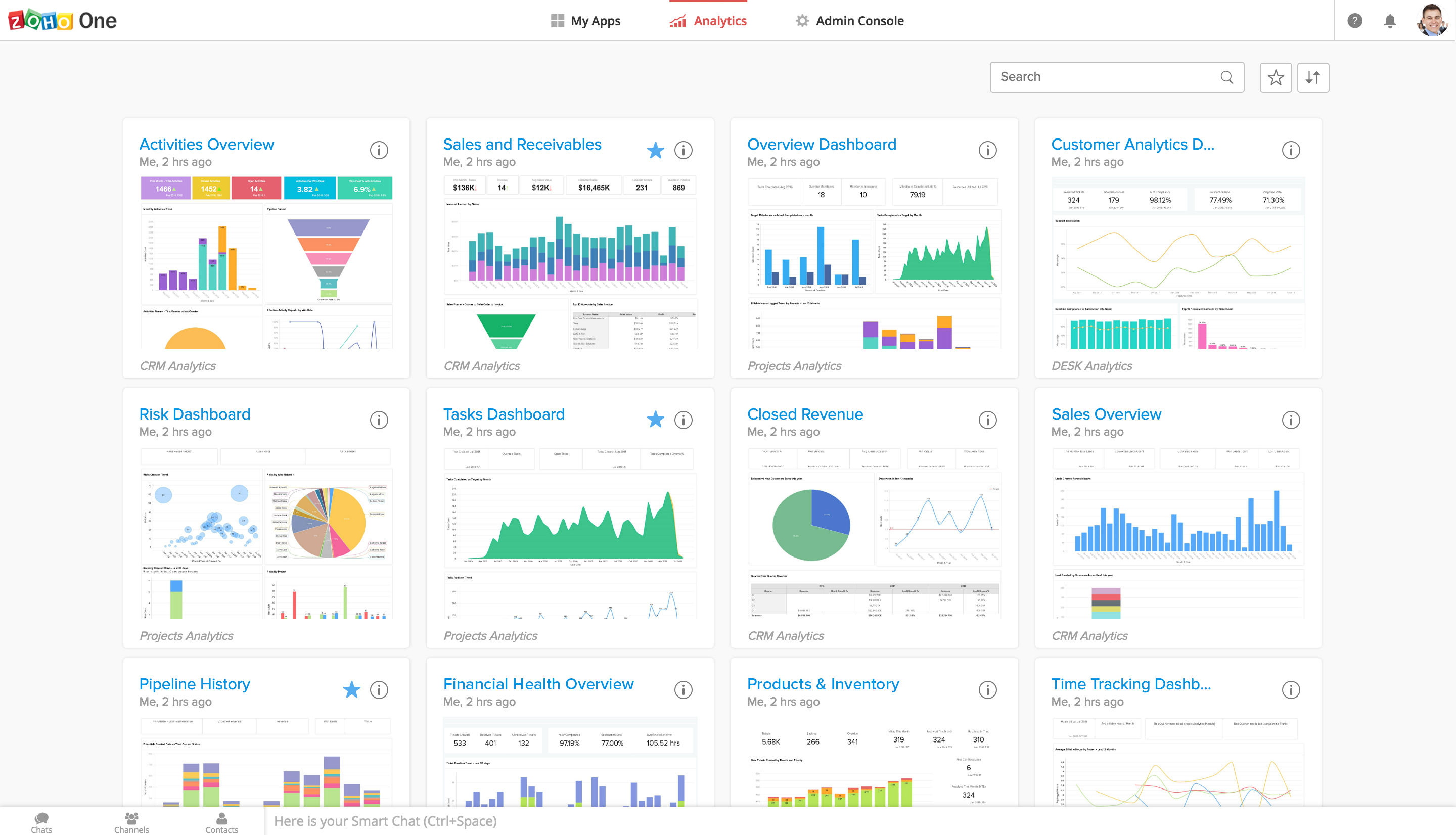
Zoho offers a platform with features for integrating, processing, and preparing data for analytics. Big data can be used by businesses without having to spend money on staff, equipment, or software. Zoho will help businesses do this. It’s a comprehensive set of tools for creating data pipelines. You’ll be able to use rich expression language to create complicated data preparation routines. It includes an easy-to-use interface for implementing ETL, ELT, or replication. A workflow engine will allow you to orchestrate and schedule pipelines.
2. RapidMiner
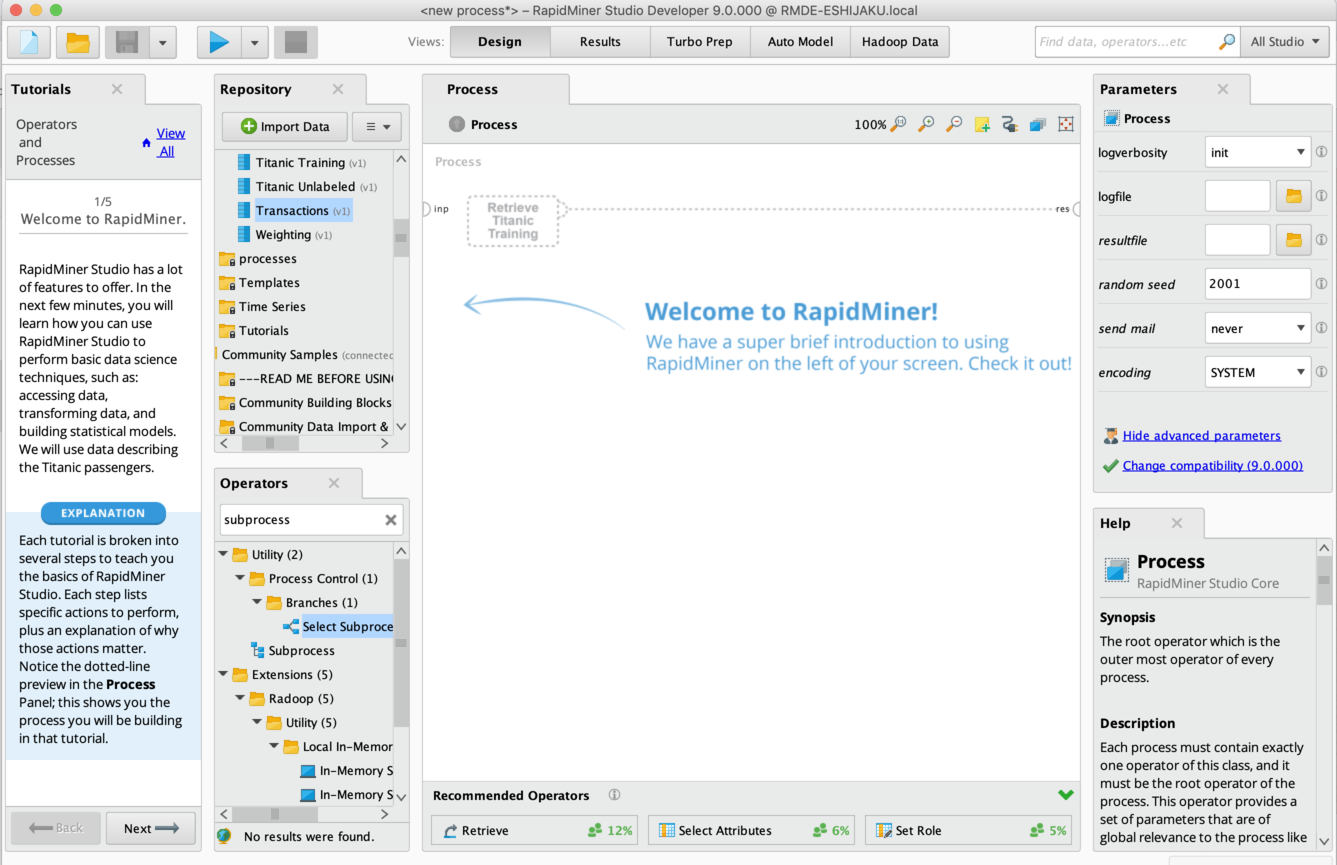
There are hundreds of algorithms in RapidMiner, a free, open-source data science platform. They can be used to do things like clean up your data, machine learning, deep learning, text mining, and predictive analytics. Non-programmers can use the software’s drag-and-drop interface and pre-built models to create predictive processes for specific use cases, like fraud detection and customer attrition, without having to write any code.
Meanwhile, programmers may personalize their data mining using RapidMiner’s R and Python extensions. Visualize your findings in RapidMiner Studio after you’ve developed your workflows and analyzed your data to help you discover patterns, outliers, and trends in your data.
3. Oracle Data Mining
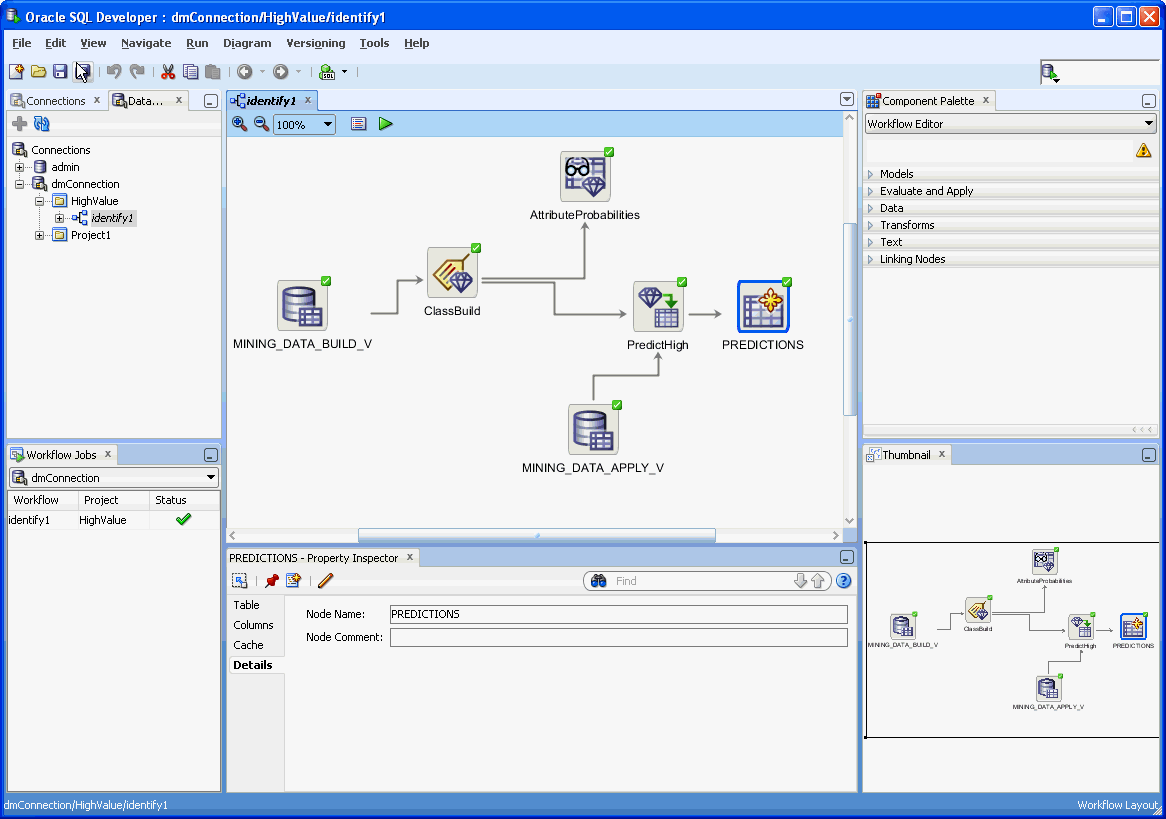
Oracle Data Mining is an Oracle Advanced Analytics component that allows data analysts to create and deploy predictive models. It includes techniques for classification, regression, anomaly detection, prediction, and other data mining activities. You may use Oracle Data Mining to create models that forecast consumer behavior, segment customer profiles, detect fraud, and find the best prospects to target. As a way to help developers find new trends and patterns, they can use the Java API to add these models to business intelligence apps.
4. IBM SPSS Modeler
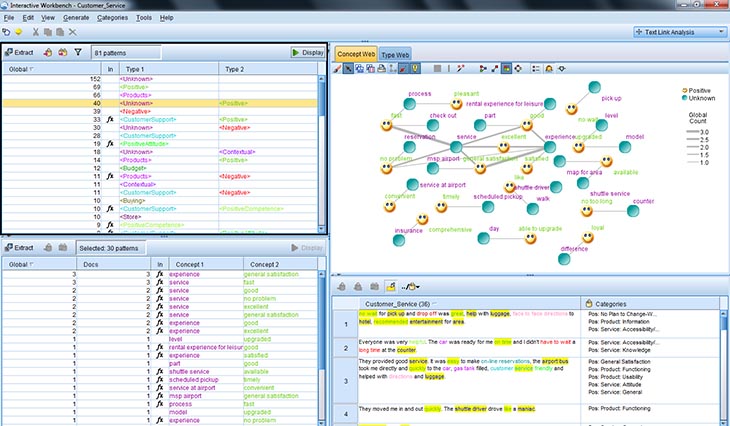
IBM SPSS Modeler is a data mining product that enables data scientists to visualize and speed up the data mining process. Advanced algorithms may be used to develop prediction models via a drag-and-drop interface by people with little or no programming skills. Data science teams may use IBM’s SPSS Modeler to input large volumes of data from many sources and rearrange them to find trends and patterns. This program works with numerical data from spreadsheets and relational databases in its standard form. You’ll need to upgrade to the premium version if you want to use text analytics.
5. Weka
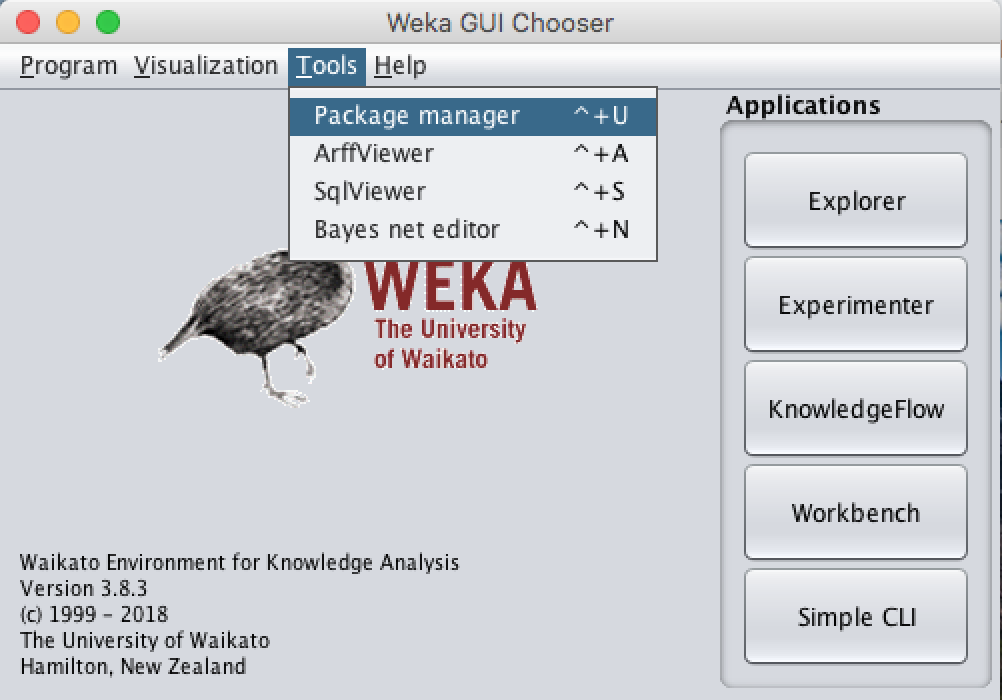
Weka is an open-source machine learning software that includes a large number of data mining methods. It was written in JavaScript and produced by the University of Waikato in New Zealand. It has a graphical interface that makes it simple to use and supports many data mining tasks such as preprocessing, classification, regression, clustering, and visualization. Weka has built-in machine learning algorithms for each of these activities, allowing you to quickly test your ideas and deploy models without writing any code. To take full advantage of this, you’ll need a thorough understanding of the many algorithms available so you can select the best one for your needs.
6. KNIME
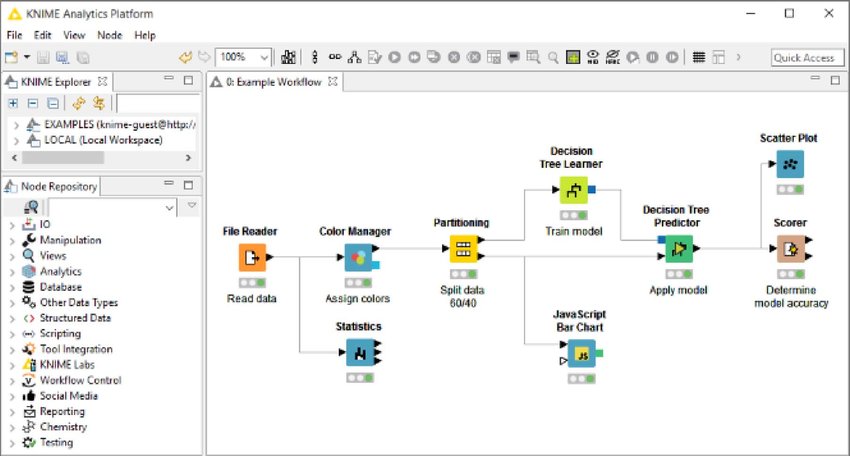
KNIME is a free and open-source data mining and machine learning tool. Its user-friendly interface enables you to design end-to-end data science processes that include everything from modeling to production. And a variety of pre-built components allow for quick modeling without having to write a single word of code. KNIME is a flexible and scalable platform for processing complicated forms of data and using advanced algorithms thanks to a range of strong extensions and interfaces. Data scientists may use KNIME to construct analytics and business intelligence apps and services. Credit scoring, fraud detection, and credit risk assessment are all common use cases in the financial industry.
7. H2O
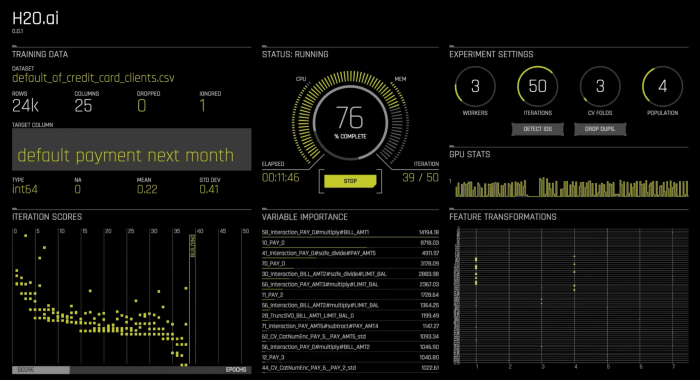
H2O is an open-source machine learning platform that intends to make artificial intelligence (AI) more accessible to the general public. It supports the most common machine learning methods and has Auto ML functionalities to assist users in quickly and easily building and deploying machine learning models, even if they are not experts. H2O employs distributed in-memory computing and can be integrated via an API that is available in all major programming languages, making it perfect for analyzing large datasets.
8. Orange
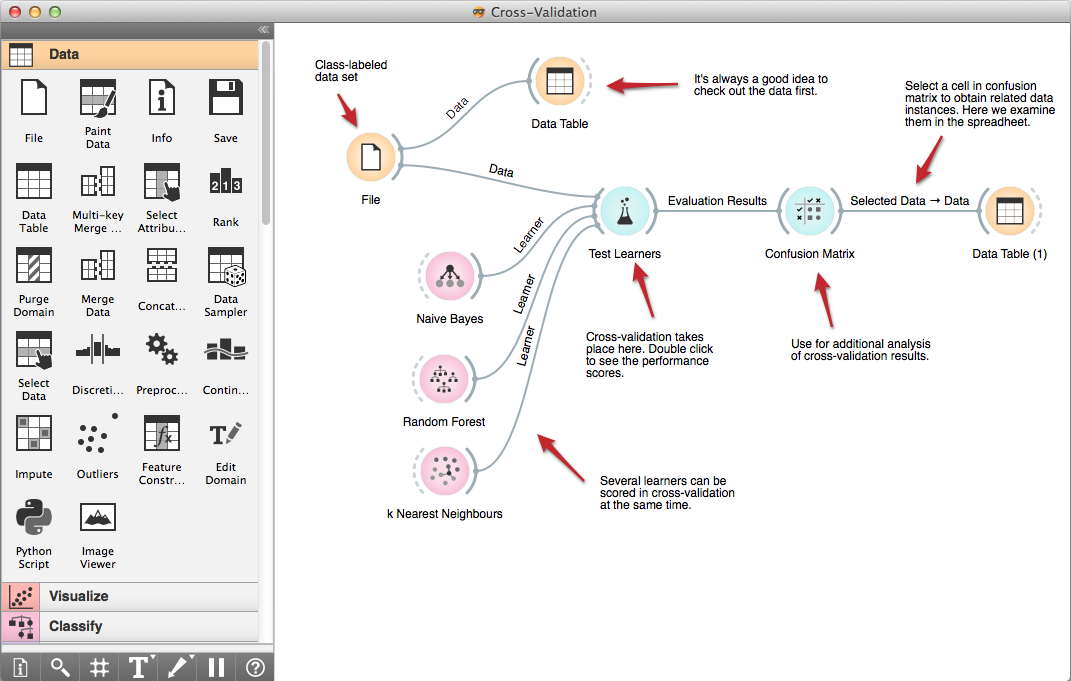
Orange is a free, open-source data science toolkit that allows you to create, test, and visualize data mining algorithms. It’s a component-based software that includes a huge number of pre-built machine learning algorithms and text mining add-ons. For bioinformaticians and molecular biologists, it also includes additional features. Orange also allows for interactive data visualization, including visualizations such as silhouette plots and sieve diagrams, and non-programmers may use a drag-and-drop interface to do data mining operations. Developers, on the other hand, may use Python to mine data.
9. Apache Mahout
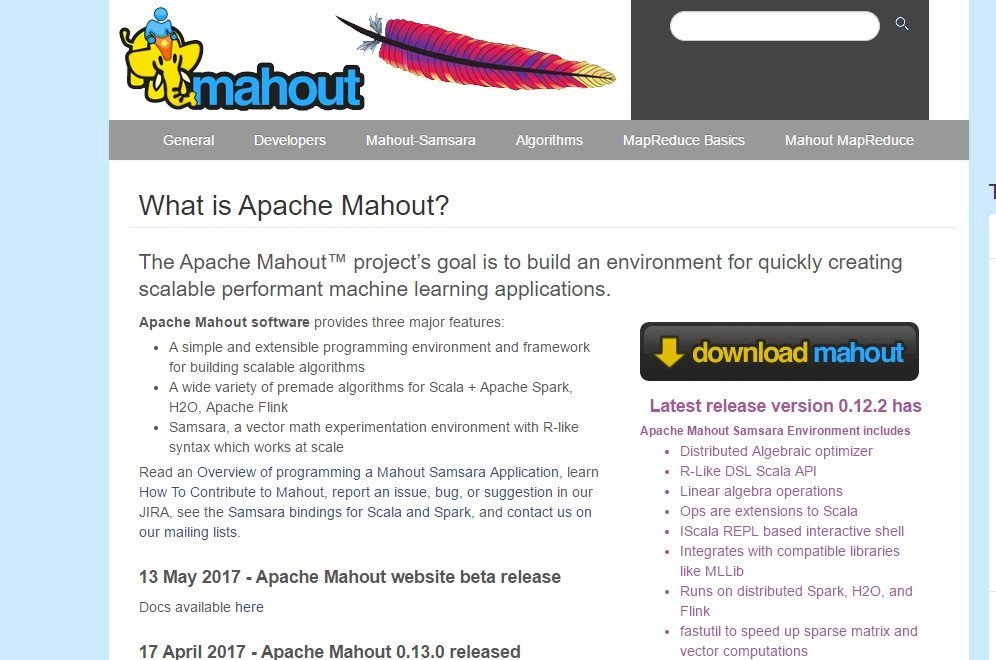
Apache Mahout is an open-source framework for building scalable machine learning applications. Its purpose is to assist data scientists and researchers in developing and implementing their own algorithms. This framework, which is written in JavaScript and built on top of Apache Hadoop, focuses on three primary areas: recommendation engines, clustering, and classification. It’s ideal for large-scale, sophisticated data mining operations requiring massive volumes of data. In fact, some of the world’s most well-known websites, such as LinkedIn and Yahoo, employ it. Under the Apache License, Apache Mahout is free to use and is backed by a huge user community.
10. SAS Enterprise Miner
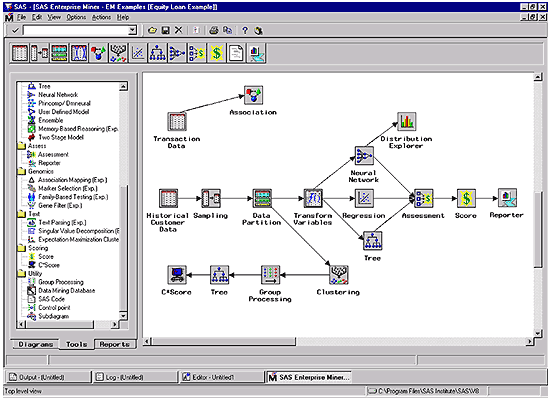
SAS Enterprise Miner is a data management and analytics platform. Its purpose is to make data mining easier for analytics specialists so they can transform enormous amounts of data into insights. Users may quickly develop data mining models and use them to address crucial business problems using an interactive graphical user interface (GUI).
SAS has a large number of methods for preparing and analyzing data as well as creating powerful predictive and descriptive models. SAS Enterprise Mining may be used for a variety of purposes, including fraud detection, resource planning, and increasing response rates to marketing initiatives. There is a free software trial available, as well as customizable price packages.
How to Begin Using Data Mining Software?
Data mining software may assist your company in making better decisions by discovering hidden links and patterns in data. There are several possibilities, and determining which data mining software is best for you will be determined by your objectives and the sort of data you intend to examine. Do you want to create your own data mining system? Get to know some of the above-mentioned open-source tools.


